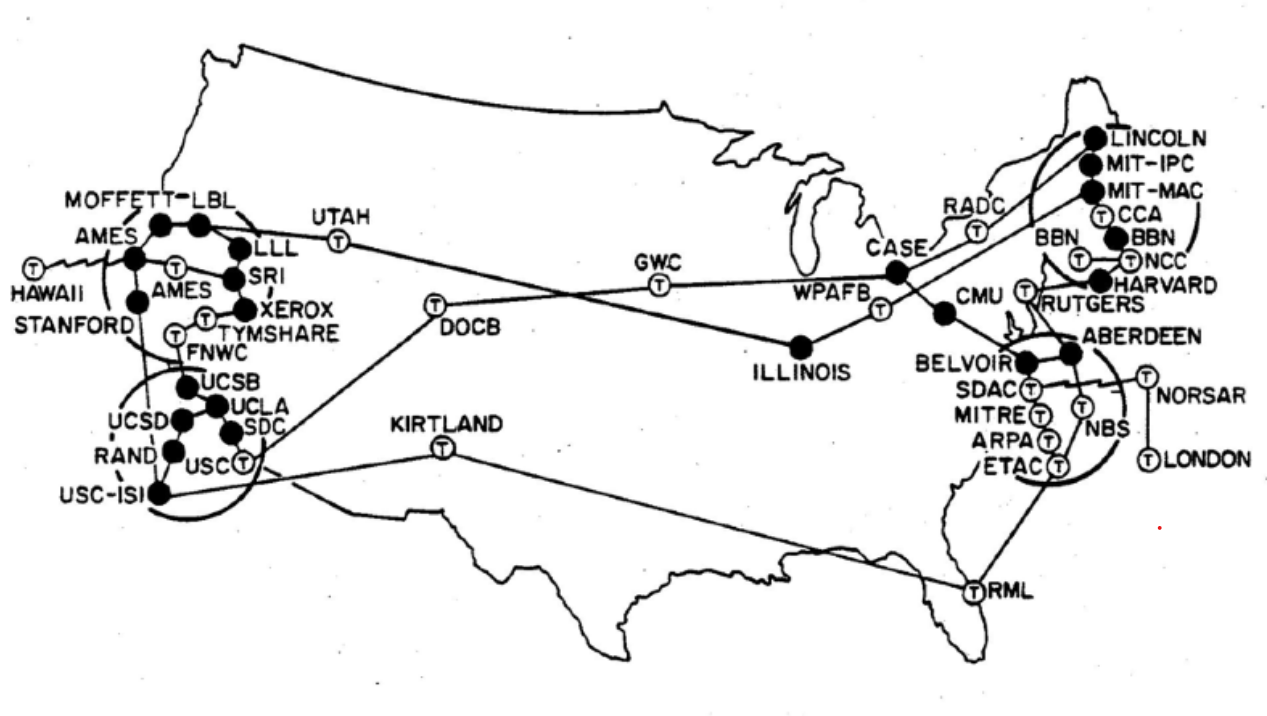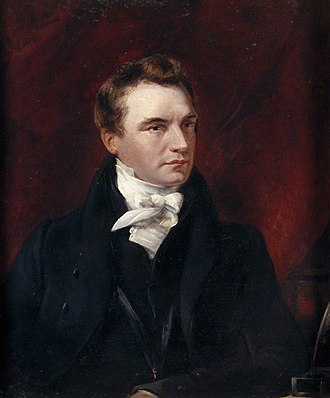Who owns Domains
Historical Background
Born in 1791 Charles Babbage was a Lucasian professor of Mathematics at Cambridge University. In his time calculation were done by hand, Babbage saw the fallibility of this process, and the opportunity of adding mechanisation into its management. In 1822 he began to build a Difference Engine by the grant given by the British Government. He proposed another vastly more powerful machine called Analytical Engine which is a all-purpose calculating machine. This would have been the world first true computer. In 1943 world’s first programmable, electrical and digital computer, Colossus computer was built by the British codebreakers to help in cryptanalysis. In 1954, IBM presented the world’s first electronic calculator in the United States, made with transistors.
In the 1960s, computers were large mainframe systems. They were very expensive and were only owned by large companies, universities and governments. Connections between computers was done over dedicated links. The U.S. military was interested in creating computer networks that could continue to function after having portions removed, such as in the case of a nuclear strike. In the early 1960s, Paul Baran, developed the concept of distributed adaptive message block switching. This would enable small groups of data to be sent along differing paths to the destination. This idea eventually became packet communication that underlies almost all data communication today. In 1962 Joseph C.R. Licklider was the the director of ARPA’s Information Processing Techniques Office (IPTO). He was a major proponent of human-computer interaction and using computers to help people make better decisions. His influence lead ARPA to develop its network and other innovations, such as graphical user interfaces. In 1966, Robert (Bob) Taylor became the director of IPTO. He was managing three distinct computer terminals linked to three separate mainframe computers within his office. This situation prompted a fundamental query: Why isn’t it feasible to employ a single terminal for all computers?
 ARPANET access points in the 1970s
ARPANET access points in the 1970s
In 1969 Advanced Research Projects Agenc (ARPA) established ARPANET building on the ideas of J. C. R. Licklider, Bob Taylor initiated the ARPANET project in 1966 to enable resource sharing between remote computers. The first computers were connected in 1969 and the Network Control Protocol was implemented in 1970. The network was declared operational in 1971.
